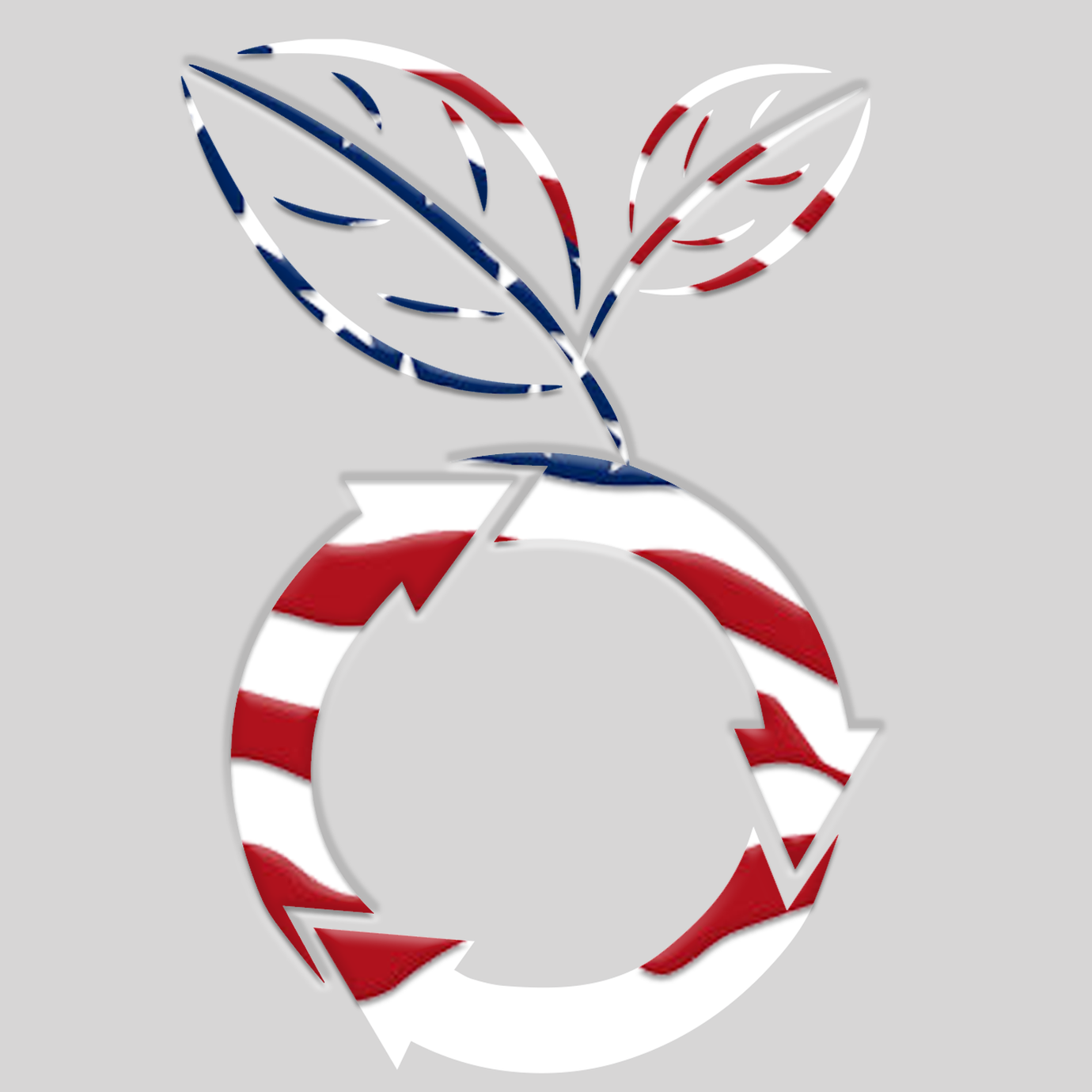The Impact of Straws on Our Environment
You may have noticed that many restaurants have stopped handing out straws unless you ask for them. Some locations have even made the switch over to biodegradable straws. In fact, Assembly Bill 1884, made California the first state to put a ban into law, preventing any full-service restaurant from handing out plastic straws without being prompted for one. Since then, cities, such as Seattle and several others, have also begun to ban plastic straws and utensils.
A Brief History of Plastic & Its Usage
The use of plastic became mainstream in the early 1950s and has increased significantly since then. According to UN Environment Programme, researchers have estimated that we have produced 8.3 billion metric tons of plastic products since then.
This is a significant amount of plastic. Especially considering that we have only managed to recycle about 9% of that. Of the remaining, we have incinerated about 12% and the rest have ended up in landfills, dumps, or natural environments like the ocean.
Over the years, single-use plastic has become more popular than durable plastics. This means that the amount of waste has only continued to grow. It is estimated that we are producing three hundred million metric tons of plastic waste each year (UNEP.org). That is nearly the weight of the entire human population!
How Many Plastic Straws Are Used Each Day?
As single-use plastics have grown in popularity, so has the use of single-use plastic straws. It is estimated that 500 million straws are used daily in the USA and 25.3 billion straws are used per year in Europe (TRVST.org).
The Impact of Plastic Straws on Our Environment
You might be wondering, why exactly is the use of plastic drinking straws so important for our environment?
Because plastic straws are lightweight, they are easily blown by the wind and make their way into streams, rivers, and eventually the ocean. According to trvst.world, plastic straws are the seventh most collected item on the beach.
How many plastic straws are in the ocean? Scientists have not estimated the number of straws in the world’s oceans, but it is estimated that approximately 2,000 tons of plastic straws enter the world’s oceans each year and approximately 8.3 billion plastic straws line the world’s coastlines (Phys.org).
Over time, sea turtles, birds, fish, and other marine life consume these straws causing them harm. An estimated 100,000 fish and marine animals die each year because of this. TRVST estimates that by the year 2050 that there will be more plastic in our oceans than there are fish.

Although straws make up a small percentage of the plastic wasted each year, cutting out their use could have significant benefits for the environment. Ending the use of plastic straws is the first step. Hopefully, other forms of single-use plastic will soon be on their way out as well.
What Can I Do to Make a Difference?
The simplest thing to do would be to turn down any plastic straws offered to you. You could also encourage your local restaurants to look into biodegradable straw alternatives.
Consider getting yourself environmentally-friendly straws for the house or even take them places with you. Talk to friends and family and encourage them to make the same changes as well.
What Are Good Plastic Straw Alternatives?
Many consumers think that the only alternatives to plastic straws are metal or paper straws. Metal straws can quickly get cold in iced drinks and paper straws get soggy if used for too long.
Whether you turn to metal, paper, silicone, or PHA straws you will be improving our environment and reducing your waste. It is everyone's responsibility to make sure that we take care of our planet. So that way future generations do not have to pay the price of our mistakes.
beyondGREEN biotech, Inc.
November 14, 2021






